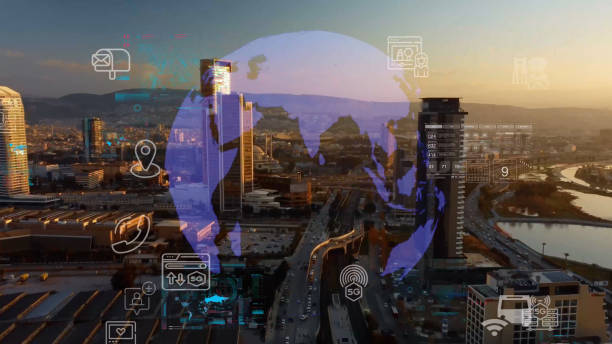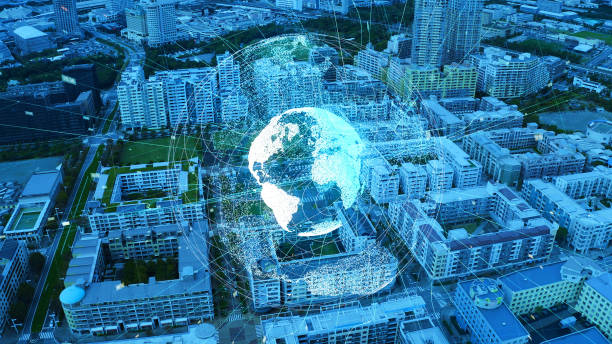The rise of digital technology has fundamentally changed the way we interact with the world around us. However, there is still a significant gap between the digital and physical worlds. Bridging this gap could have profound implications for everything from retail to healthcare to transportation.
One of the most promising ways to bridge the gap between the digital and physical worlds is through the use of the Internet of Things (IoT). The IoT refers to the network of devices, vehicles, and other objects that are embedded with sensors and connected to the internet. By connecting these devices, we can create a seamless bridge between the digital and physical worlds.
The potential applications of IoT are vast. In retail, for example, stores can use IoT devices to track customer behavior and preferences, allowing them to create more personalized shopping experiences. IoT devices can also be used in manufacturing to optimize production processes, reduce waste, and improve quality control.
In healthcare, IoT devices can be used to monitor patient health and provide more personalized care. Wearable devices, such as fitness trackers and smartwatches, can track vital signs and other health metrics, providing patients and healthcare providers with real-time information about their health.
In transportation, IoT devices can be used to create more efficient and sustainable systems. For example, smart traffic lights can optimize traffic flow based on real-time data, reducing congestion and emissions. Self-driving cars can also benefit from IoT connectivity, allowing them to communicate with other vehicles and infrastructure to navigate roads more safely and efficiently.
Another way to bridge the gap between the digital and physical worlds is through augmented reality (AR) and virtual reality (VR) technologies. AR and VR technologies allow us to overlay digital information onto the physical world, creating immersive and interactive experiences.
In retail, AR and VR can be used to create virtual showrooms, allowing customers to try on clothes and accessories in a digital environment. In education, AR and VR can be used to create interactive learning experiences, allowing students to explore historical sites or scientific concepts in a more engaging way. In healthcare, AR and VR can be used to simulate surgeries and other medical procedures, allowing doctors and surgeons to practice and improve their skills.
Blockchain technology also has the potential to bridge the gap between the digital and physical worlds. Blockchain allows for the creation of decentralized systems that can securely and transparently store and share data. This can be particularly useful in supply chain management, where blockchain can be used to track products from their origin to their destination, ensuring that they are authentic and have not been tampered with.
Overall, the potential for bridging the gap between the digital and physical worlds is vast. By leveraging IoT, AR/VR, and blockchain technologies, we can create more seamless and integrated experiences that bring the benefits of the digital world into the physical world. However, there are also significant challenges that must be overcome, including data privacy and security concerns, as well as the need for more robust infrastructure to support these technologies.



0 Comments